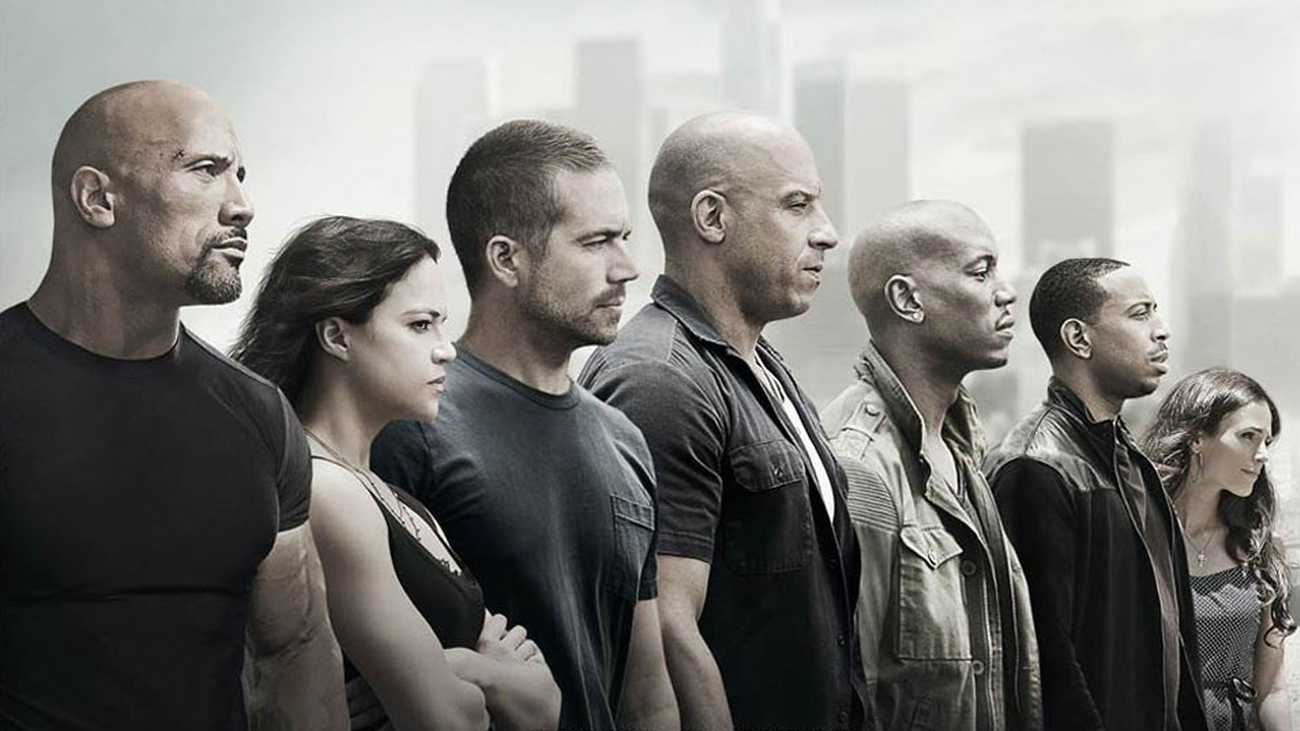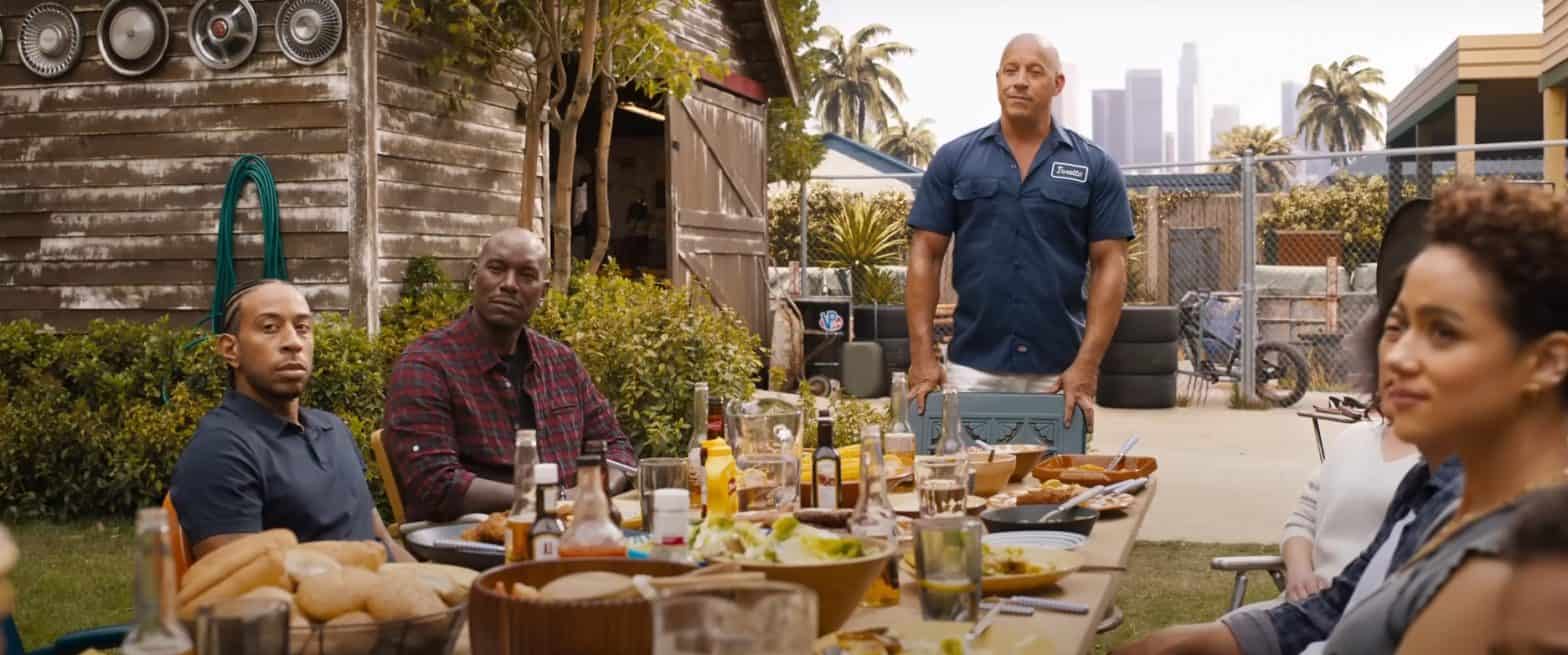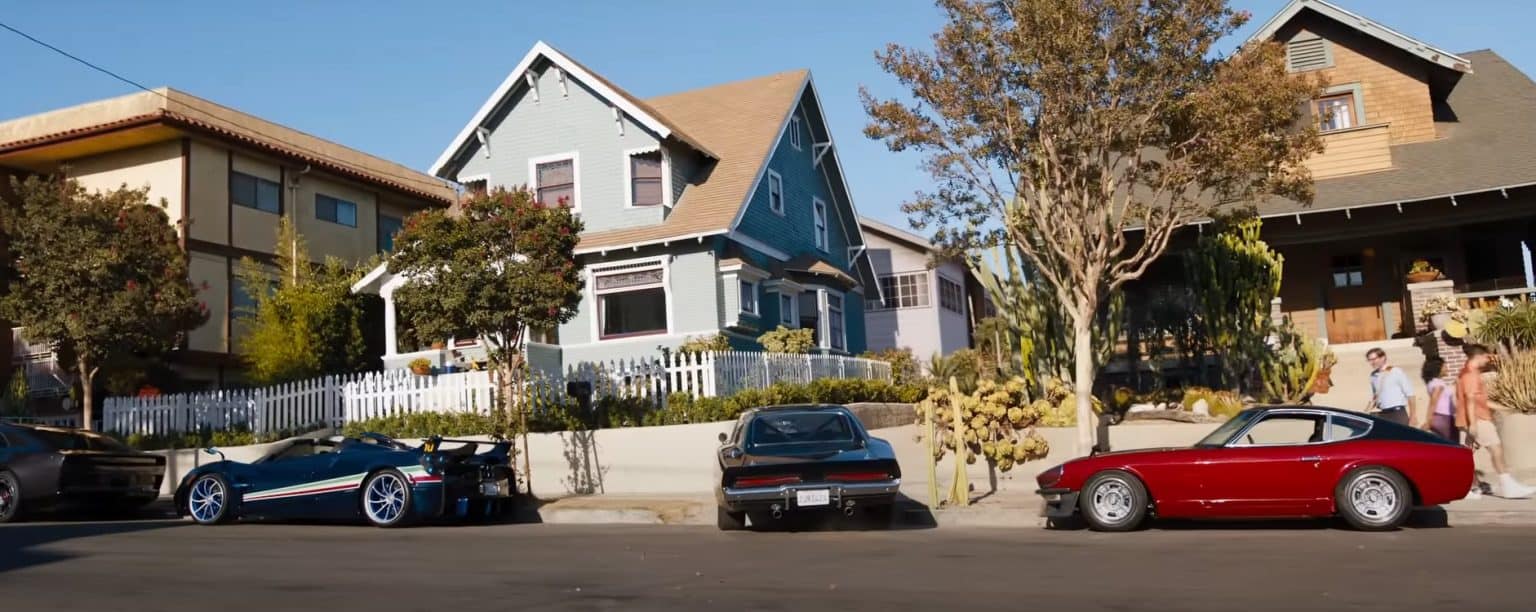Where Was Fast And Furious 3 Filmed? Unveiling The Locations Behind The Action
So here we are, talking about one of the most iconic movies in the Fast and Furious franchise: The Fast and the Furious: Tokyo Drift. If you’re a fan of high-octane racing, jaw-dropping stunts, and breathtaking locations, this article is for you. Where was Fast and Furious 3 filmed? That’s the burning question we’re diving into today. Buckle up because we’re about to take you on a thrilling ride through the shooting locations that brought this movie to life.
Let’s be real, Tokyo Drift isn’t just another movie—it’s a cultural phenomenon that introduced the world to drift racing and the vibrant streets of Japan. But did you know that not all of the filming took place in Japan? Yeah, you heard that right. The production team went to some unexpected places to create the magic. We’ll break it all down for you, step by step.
As we explore the locations, we’ll also touch on the film’s production challenges, the significance of these places, and why they were chosen. Whether you’re a die-hard Fast and Furious fan or just curious about movie-making, this article has something for everyone. Let’s get started!
Read also:Adalberto Martiacutenez Resortes A Celebrated Icon In Mexican Comedy
Table of Contents
- Overview of Fast and Furious 3 Filming
- Main Filming Locations
- Tokyo, Japan
- Okinawa, Japan
- California, USA
- Behind the Scenes
- Production Challenges
- Significance of the Locations
- Interesting Facts and Trivia
- Conclusion
Overview of Fast and Furious 3 Filming
Alright, let’s set the scene. The Fast and the Furious: Tokyo Drift, also known as Fast and Furious 3, was filmed in multiple locations to capture the essence of Japanese street racing culture while keeping the budget in check. The movie needed to feel authentic, and that meant shooting in places that could replicate the energy of Tokyo and Okinawa. But guess what? Not everything was filmed in Japan. Some scenes were shot in California to save costs and time. Cool, right?
Main Filming Locations
The production team carefully selected locations that could bring the story to life. Here’s a quick rundown of the main spots:
- Tokyo, Japan – For the bustling city vibe.
- Okinawa, Japan – For the tropical island backdrop.
- California, USA – To mimic certain Japanese streets and settings.
Each location played a crucial role in shaping the film’s atmosphere. Let’s dive deeper into each one.
Tokyo, Japan
When people think of Tokyo Drift, the first thing that comes to mind is Tokyo itself. The city is the heart of the movie’s story, and its streets are where drift racing legends are born. Filming in Tokyo gave the movie an authentic feel, capturing the neon lights, crowded streets, and vibrant nightlife that make the city so iconic.
Some of the key locations in Tokyo include:
- Akiba Crossing – A famous intersection in Akihabara that symbolizes the city’s bustling energy.
- Shibuya Crossing – Another iconic spot that adds to the urban chaos.
- Tokyo Tower – Featured in several scenes to give the movie its signature skyline.
Why Tokyo?
Tokyo was chosen because it’s the birthplace of drift racing culture. The production team wanted to pay homage to the real-life racers who inspired the movie. Plus, the city’s unique blend of modernity and tradition makes it the perfect backdrop for a film like this.
Read also:Chas Emmerdale Dies The Shocking Truth And What It Means For Fans
Okinawa, Japan
Okinawa is where the movie’s island vibes come alive. The film’s beachside scenes and picturesque landscapes were shot here, giving viewers a taste of Japan’s tropical paradise. The island’s natural beauty complements the high-speed action sequences, creating a perfect balance between adrenaline and serenity.
Key filming spots in Okinawa include:
- Yomitan Village – Known for its lush greenery and traditional Okinawan charm.
- Churaumi Aquarium – A popular tourist destination that made it into the movie.
- Okinawa World – A cultural theme park that added authenticity to the scenes.
Okinawa’s Role
Okinawa wasn’t just a pretty location; it was integral to the story. The island represents a contrast to Tokyo’s urban jungle, highlighting the protagonist’s journey from a troubled teenager to a respected racer. The serene environment also serves as a reminder that there’s more to life than just speed and competition.
California, USA
Now, here’s where things get interesting. While Tokyo and Okinawa were essential, California played a significant role in the movie’s production. Certain scenes were filmed in California to replicate Japanese streets and settings. This decision was made to save time and money while maintaining the film’s authenticity.
Some of the California locations used in the movie include:
- Hollywood – For scenes that required a bustling city feel.
- Pasadena – To mimic Tokyo’s narrow streets and alleys.
- Long Beach – For its port area, which was used in several key scenes.
Why California?
California was chosen because of its versatility. The state has a wide range of locations that can be transformed to look like different parts of the world. Plus, the film industry infrastructure in California made it easier to manage the production process. It’s a win-win situation!
Behind the Scenes
Filming a movie like Tokyo Drift comes with its own set of challenges and triumphs. The production team had to navigate logistical hurdles, cultural differences, and weather conditions to bring the film to life. But through hard work and dedication, they managed to create a masterpiece that resonated with audiences worldwide.
Here are some behind-the-scenes insights:
- The production team spent months scouting locations to ensure they matched the script’s requirements.
- Local Japanese racers were hired as consultants to ensure the racing sequences were realistic.
- The cast and crew faced language barriers in Japan but overcame them through teamwork and communication.
Challenges and Triumphs
One of the biggest challenges was filming in Tokyo during peak tourist season. The team had to coordinate with local authorities to close streets and manage crowds. Despite these challenges, the film crew managed to capture stunning footage that brought the city to life on screen.
Production Challenges
Every movie production faces its fair share of challenges, and Tokyo Drift was no exception. From budget constraints to logistical issues, the team had to think outside the box to overcome obstacles. Here are some of the key challenges they faced:
- Budget Constraints – Filming in multiple countries meant the production had to be cost-effective.
- Weather Conditions – Unpredictable weather in Okinawa and Tokyo added complexity to the shooting schedule.
- Cultural Sensitivity – The team had to ensure the movie respected Japanese culture while appealing to a global audience.
How They Overcame Challenges
The production team employed creative solutions to tackle these challenges. For instance, they used CGI to enhance certain scenes and saved costs by filming in California instead of Japan for some sequences. Their commitment to quality and authenticity paid off, resulting in a film that continues to be loved by fans around the world.
Significance of the Locations
The locations chosen for Tokyo Drift weren’t random; they were carefully selected to enhance the movie’s narrative and visual appeal. Tokyo represents the fast-paced, high-stakes world of street racing, while Okinawa symbolizes a slower, more peaceful way of life. California, on the other hand, bridges the gap between these two worlds, allowing the film to seamlessly transition between them.
Each location adds depth to the story, giving viewers a richer understanding of the characters and their journeys. It’s this attention to detail that makes Tokyo Drift such a memorable film.
Interesting Facts and Trivia
Let’s wrap up with some fun facts and trivia about the filming of Fast and Furious 3:
- The movie was originally titled “Tokyo Drift” before being rebranded as part of the Fast and Furious franchise.
- Several scenes were shot in secret to avoid drawing attention from the public.
- The production team used real drift cars for the racing sequences, ensuring authenticity.
Did You Know?
Some of the local Japanese racers who consulted on the movie ended up becoming friends with the cast and crew. Their influence can be seen in the film’s realistic portrayal of drift racing culture.
Conclusion
So there you have it, folks! We’ve taken you on a whirlwind tour of the filming locations for Fast and Furious 3. From the bustling streets of Tokyo to the serene beaches of Okinawa and the versatile landscapes of California, each location played a vital role in bringing this movie to life. Whether you’re a die-hard fan or just curious about the film’s production, we hope this article has given you a deeper appreciation for the work that went into making Tokyo Drift a classic.
Now it’s your turn! Leave a comment below and let us know which location you’d most like to visit. Or better yet, share this article with your friends and spread the word about the incredible locations behind one of the greatest racing movies of all time. Don’t forget to check out our other articles for more insights into the world of cinema. Happy drifting, everyone!


